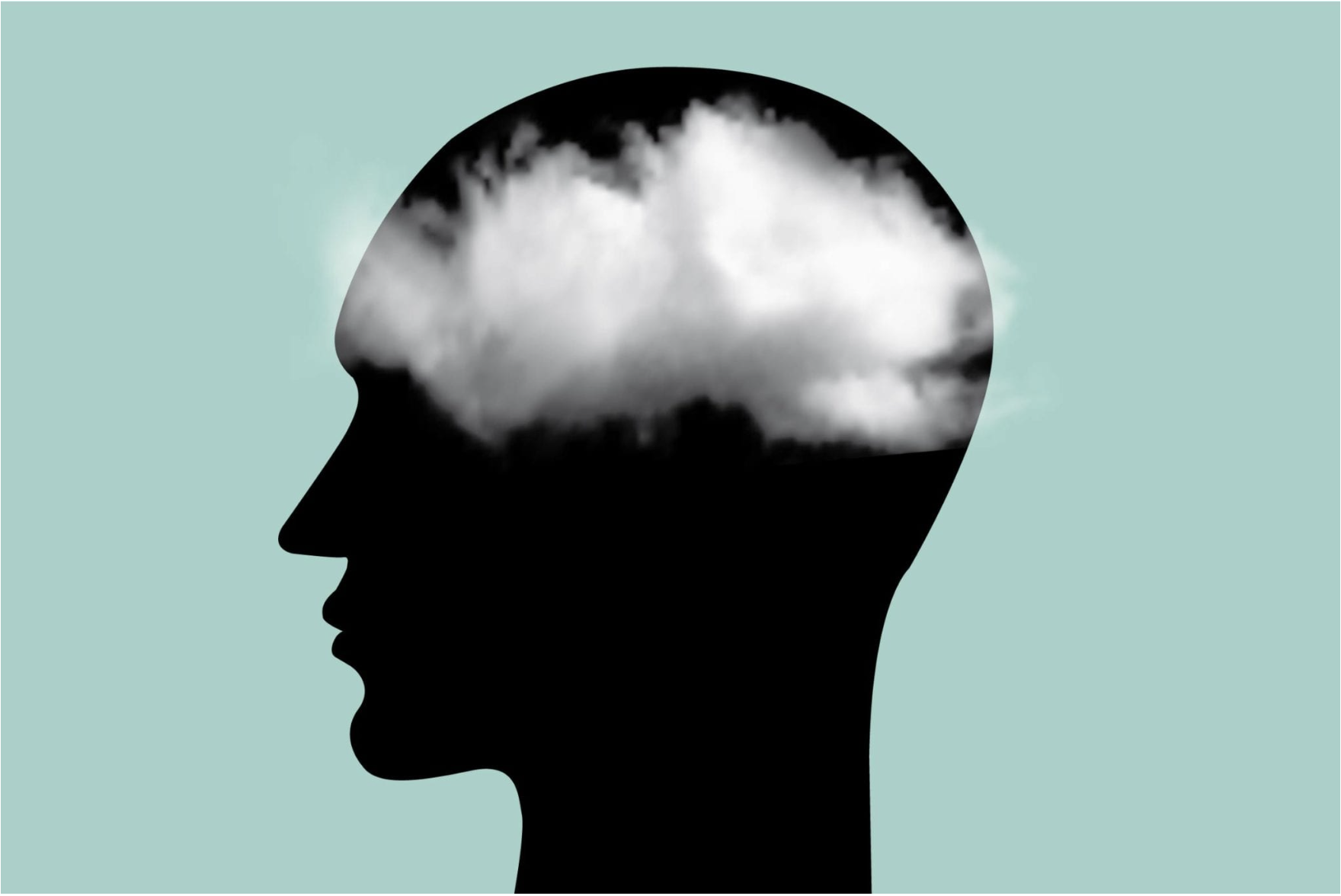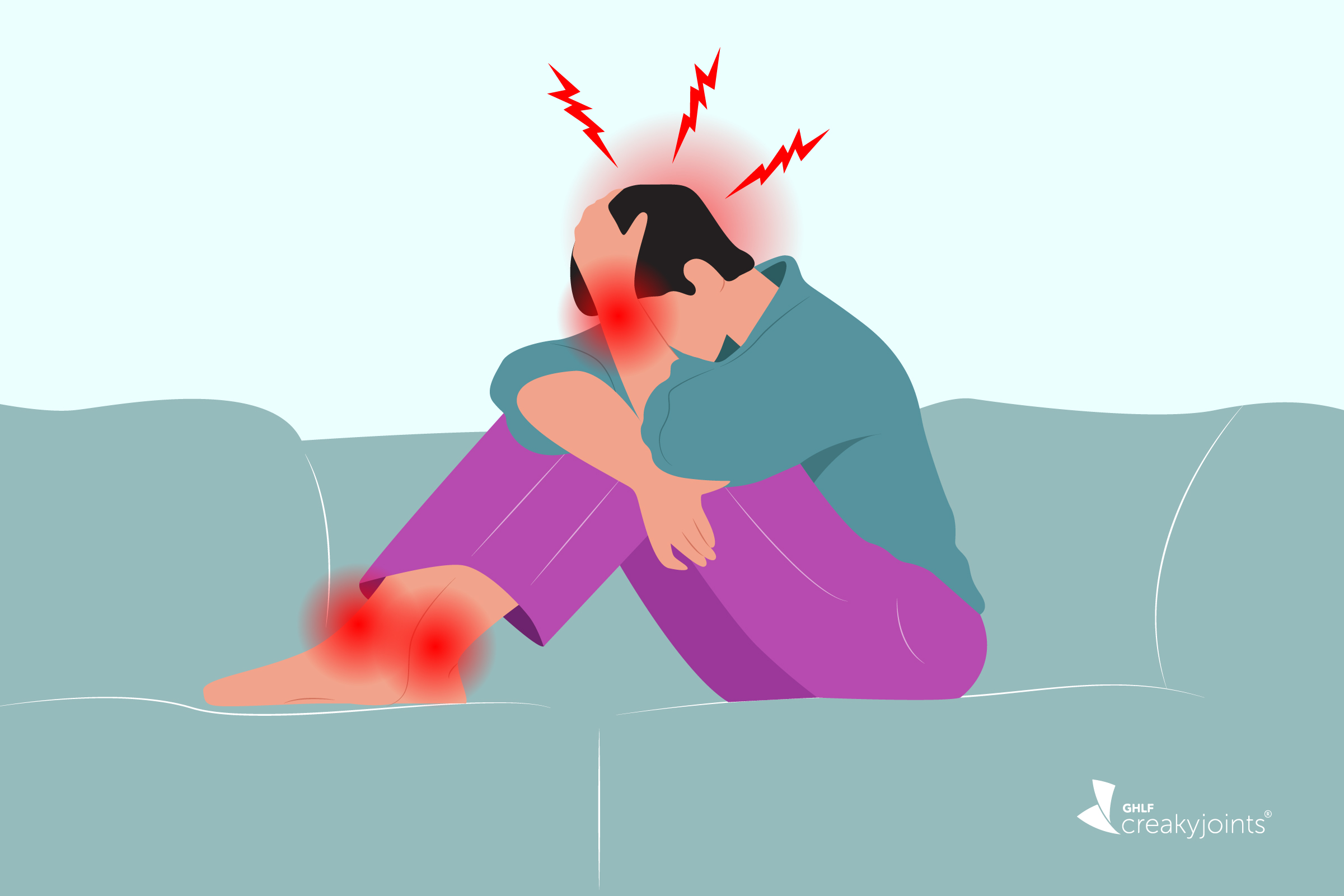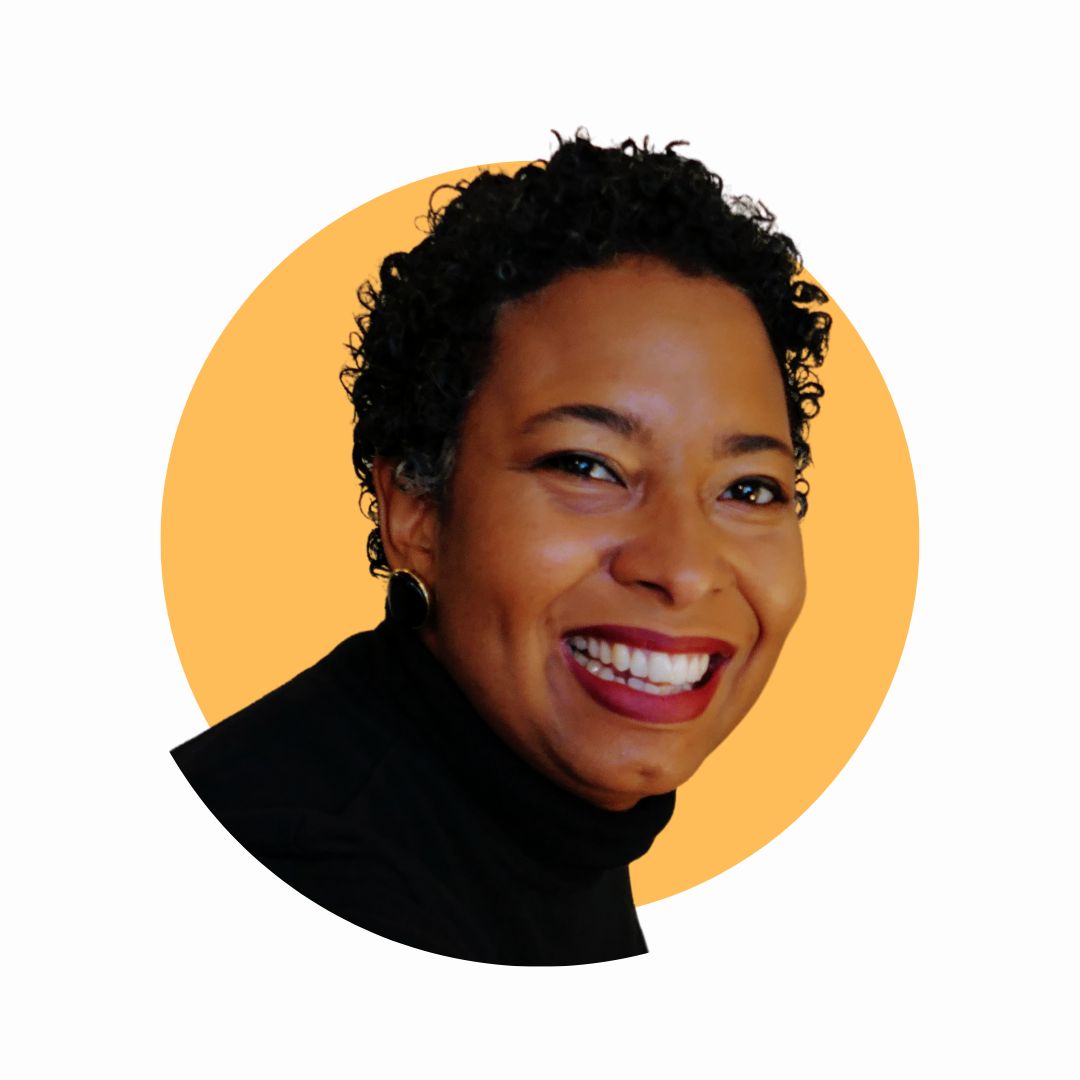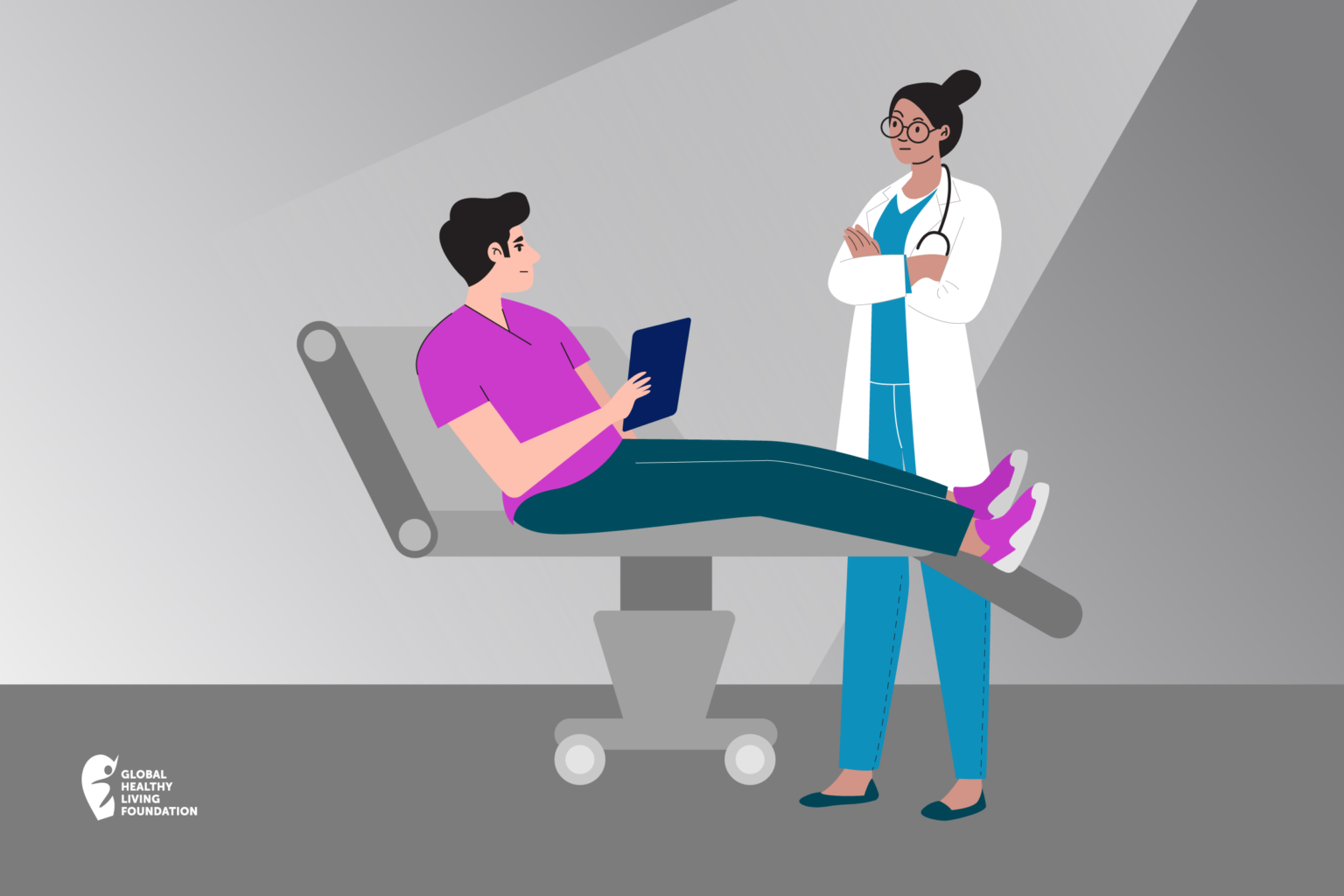"I am holding the trashcan on my lap when Chaka Khan starts to sing about female empowerment. I think: “
Sorry, Chaka, but it is not all in me today.”
What Migraine and Headache Awareness Month Means to Me
What Migraine and Headache Awareness Month Means to Me
June 23, 2022
Qasim Amin Nathari
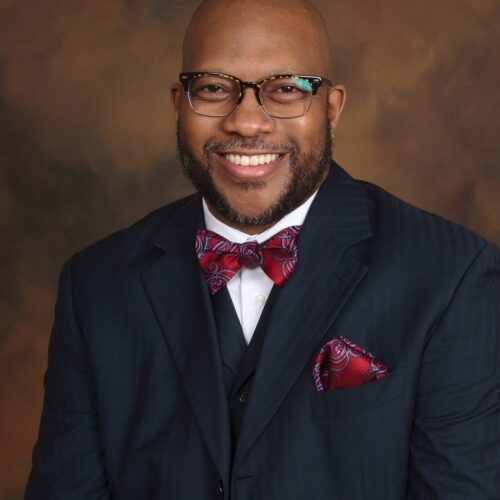
The month of June……a time that each year, for many, brings along with it many highly anticipated and important moments: end of the school year; proms; graduations; anticipation of the start of the summer season; and so much more. Well, for me, as a person living with migraine, June is Migraine and Headache Awareness Month (MHAM), an important time to bring attention to migraine and headache disorders, which impact 40 million Americans, 1 billion people globally, and is the #2 cause of years lived with disability, according to the World Health Organization. Currently, about 16 million people with migraine in the U.S. are undiagnosed.
While advocacy and awareness of migraine is a year-round mission, just like the other worthy causes that have months in recognition of them, this month is needed to bring an even higher level of attention to the reality of life with migraine. Personally, I see it as an opportunity to emerge from what all too often is the shadow of what can be described as an invisible illness. Increased emphasis on the many faces, forms, expressions, and complexities of migraine disease only helps to elevate it in the public space, and this is critical as the quest for diagnosis, treatment, funding, etc., continues. This is particularly important for underserved populations.
This year’s theme for MHAM is “Advocate for Access” — a call to action for better access to treatments, migraine and headache medicine training for health care providers, increased and equal access to health care for the BIPOC community, and much more. This advocacy has many layers to it, all of them of the utmost of importance.
Advocacy can include:
- Advocating for those living with migraine to get access to new treatments.
- Advocating for more health care providers to be trained in headache medicine.
- Advocating for schools and businesses to understand migraine disease and provide accommodations without hesitation.
- Advocating for equal access to diagnosis and treatment for the BIPOC population.
- Advocating at the federal level for increased funding for research and development, treatment, etc.
These real, tangible actions need to happen consistently, throughout the year, and calling attention to them is amplified during MHAM.
Why Advocacy and Awareness Is Especially Important During MHAM
As a Black man living with migraine, I often remind myself and my colleagues and friends in the migraine community of the reality of what many of them already know all too well; a reality that I have adopted as a sort of personal mantra for my advocacy work: Migraine does not discriminate. Migraine knows no racial, gender, economic, education or other boundaries. It affects all, whether the current advertising or marketing reflects that reality or not.
Yet, while migraine disease does not discriminate, the American health care system historically has and does. The Disparities in Headache Advisory Council (DiHAC) published the Disparities in Headache issue brief that highlights the urgent problem of inequity in migraine and headache medicine and how it should be addressed. And while there is no cure for migraine, there are now more acute therapies and preventives than ever before, but people living with migraine are often denied access by their insurance provider. This must be emphasized and addressed systemically as a high priority.
In terms of health care for those living with migraine, studies show that the reality is most doctors only receive four hours of headache medicine training and there are currently fewer than 1,000 certified headache specialists in the United States. There is an urgent need for more training to fill this gap and close this deficit.
During MHAM, the migraine and headache community is advocating to remove barriers to therapies and care to alleviate headache pain, eliminate the stigma surrounding migraine and headache diseases, and ensure marginalize, underserved communities have the tools to manage migraine disease headaches and other conditions. There is so much work to be done. This month-long heightened awareness can greatly increase the number of allies and supporters in this mission throughout the United States.
There are many organizations, foundations, and other initiatives that are doing tremendous work around advocacy, awareness, research, and so many other critically important areas. You can participate during MHAM (and all year long) by doing any one or more of the following actions:
- Learn more about migraine disease and headache disorders. Chances are, there is someone in your life living with this reality, perhaps in silence.
- Identify an organization or initiative active in any aspect of migraine advocacy and support with your time, finances, or other resources.
- Find out how the places you frequent and support (workplace, businesses, school, etc.) make accommodations for those living with challenges like migraine and headache.
This is just a start. I am grateful for the opportunity to use MHAM as a platform to do even more to strive toward making the reality of life with migraine a more manageable, accessible, and less stressful one. This is possible only thorough a collective effort and shared responsibility.
Follow Qasim on Instagram @BlackMenHaveMigraineToo and @QasimAminNathari and on Twitter @BMHMToo and @aminnathari. You can also hear more from Qasim in season two of our podcast Talking Head Pain.
Download the Migraine Patient Guidelines
Vetted by both medical experts and people living with migraine disease, our Migraine Patient Guidelines offer clear, trusted information to make sense of all the treatment choices for migraine disease. Learn about the latest treatment options, get support for coping with migraine stigma at work and in your personal relationships, and learn more about how to be a migraine patient advocate. Learn more here.
SUBSCRIBE TO GHLF
RELATED POST AND PAGES
_
Was this article helpful?
YesNo


